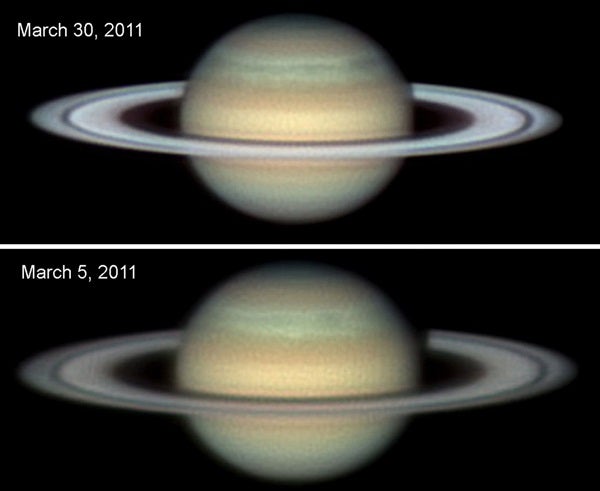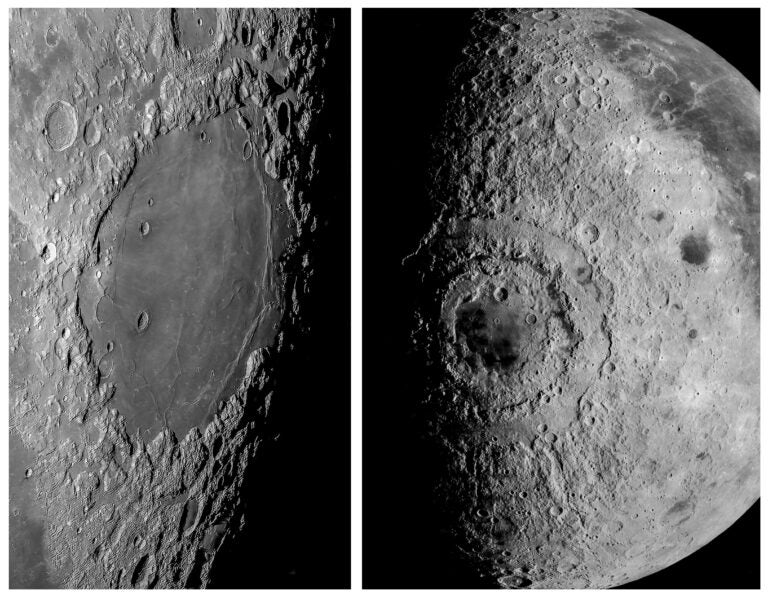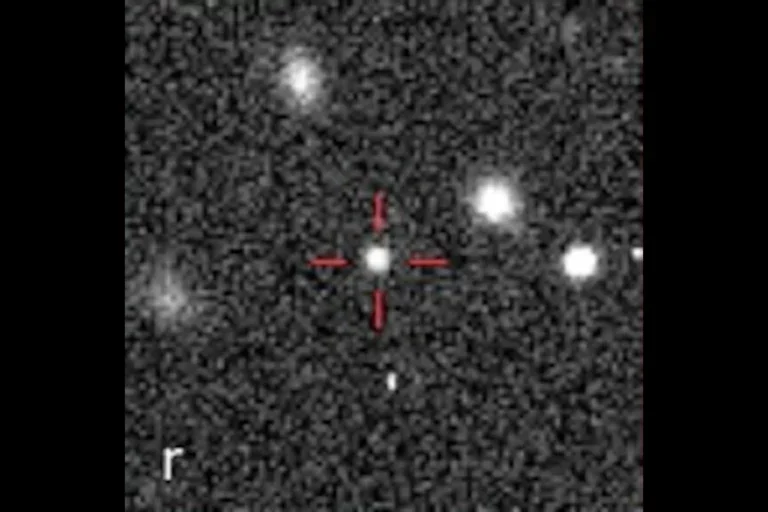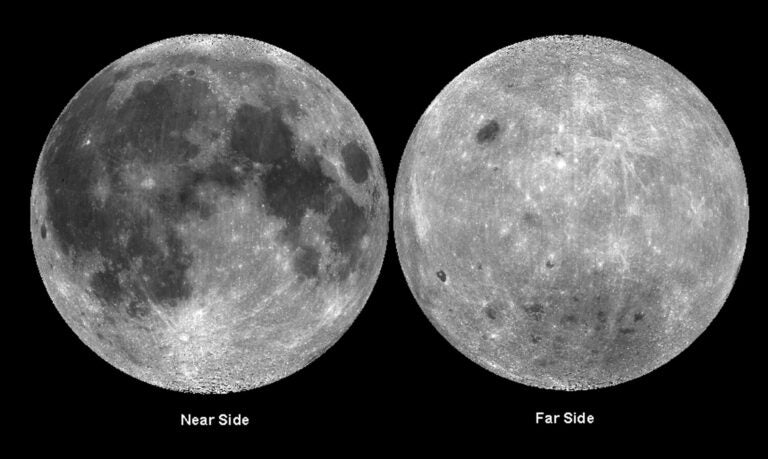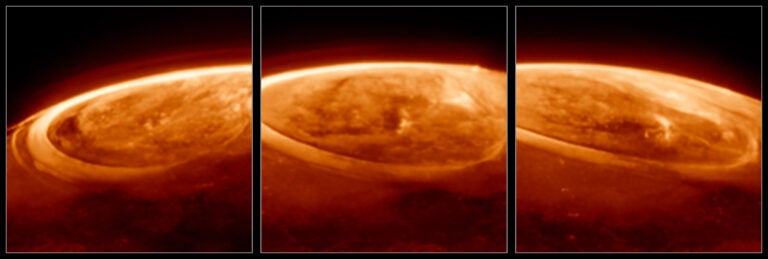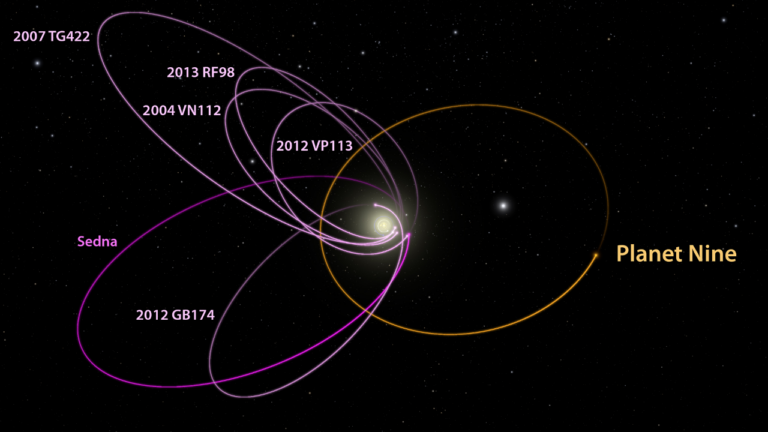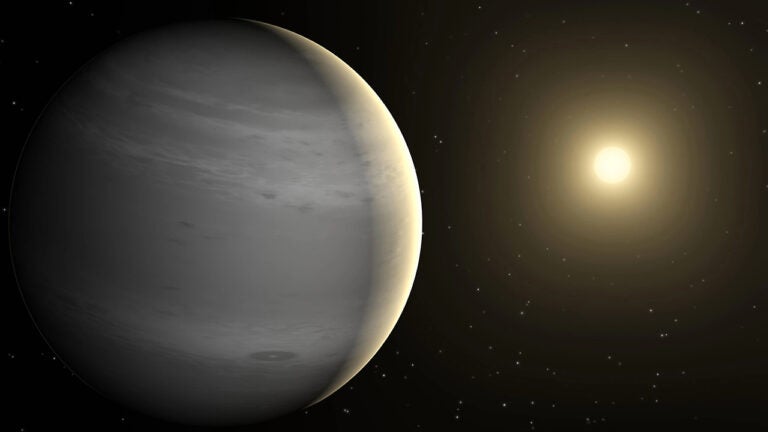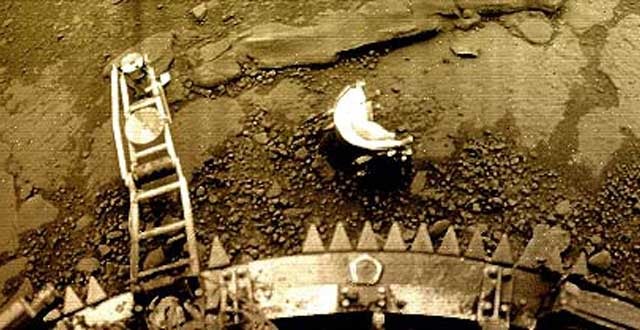T his month, Saturn reaches opposition — the point in its orbit when the planet lies directly opposite the Sun in our sky. At this time, Saturn shines more brilliantly to our eyes than at any other point this year. Through a telescope, its rings also “surge” in brightness for a couple of days around opposition, which occurs May 10 at 18h UT (see p. 62). The rings’ temporary brightening is one of the most visually fascinating occurrences around Saturn. Unless you observe this planet regularly, though, you can easily overlook it.
The Seeliger effect
Generally, when you observe Saturn through a telescope before or after opposition, the rings appear about as bright as the planet’s globe. For days around the time of opposition, however, the rings suddenly intensify in apparent brightness, outshining the globe before dimming back to their normal appearance.
German astronomer Hugo von Seeliger (1849–1924) first noticed this change in 1887. Because of his pioneering research into its cause, which led him to conclude that Saturn’s rings were composed of tiny particles, the effect was named in this scientist’s honor.
Two major physical processes lead to the Seeliger effect: shadow hiding and coherent backscattering. When we see Saturn directly illuminated by the Sun (as it is during opposition), the planet’s shadow “hides” behind the globe, placing more ring surface into view. As a result, the rings appear to brighten. The same direct lighting angle also causes the shadows of individual particles in the rings to temporarily vanish, enhancing the result.
But that’s not all. Observations of the opposition effect on Saturn’s rings from the Cassini spacecraft, in orbit around the planet, reveal that “coherent backscattering” also contributes significantly to the phenomenon. This occurs when sunlight interacts with the collective particles in the planet’s rings; reflections off the many irregular bits of rock and dust combine to produce a single (coherent) more intense light. This light scatters back to our eyes and makes the rings seem to brighten.
At opposition, and the days immediately surrounding it, we see the combination of these two mechanisms as a temporary surge in the overall illumination of the rings. The only way to fully appreciate the effect visually, however, is to monitor the planet and its rings for the days near that magic moment — weather permitting.
More than Saturn
We also see the opposition effect each month when we look at the Full Moon. The Sun’s direct illumination causes shadows to disappear from our satellite’s craters, and the light it reflects at us increases by 40 percent. Based on the irregular particles in Apollo soil samples, scientists have determined that coherent backscatter is the phenomenon’s principal cause.
The opposition effect has a terrestrial analog as well. Known as the heiligenschein, this optical phenomenon is a luminous enhancement around the shadow of a person’s head. It is most pronounced at low Sun angles when the surface on which the shadow falls is especially dusty or dewy. The enhancement occurs at the antisolar point, or the spot directly opposite the Sun. Immediately around that area, the tiny particles hide their own shadows and scatter back sunlight. The word heiligenschein refers to the halo depicted around saints’ heads and literally means “saint’s light.” Perhaps the painters of old had noticed this optical phenomenon.
As always, let me know what you see or don’t see at sjomeara31@gmail.com.


